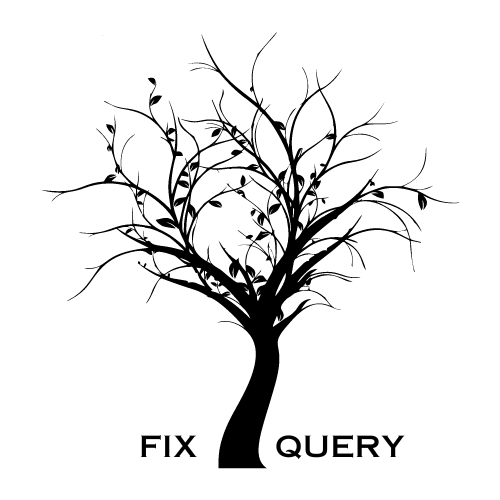Learn More About Ayushman Card, Prime Minister Employment Generation Programme, Steps, Importance, Significance, And Other More Information
In India, a vibrant micro, small, and medium enterprise (MSME) sector plays a crucial role in driving economic growth and generating employment. Recognizing this, the government established the Prime Minister’s Employment Generation Programme (PMEGP).
Prime Minister Employment Generation Programme
This article explores the PMEGP scheme, its objectives, benefits, and its potential connection with the e-SHRAM Card, another key initiative aimed at empowering India’s workforce.
Prime Minister Employment Generation Programme
The PMEGP is a credit-linked subsidy program launched in 2008. It aims to generate self-employment opportunities by promoting the establishment of micro-enterprises in both rural and urban areas across the non-farm sector. Here’s a breakdown of its key features:
- Eligibility: Individuals above 18 years of age, with a minimum educational qualification (often eighth standard pass), can apply. Self-help groups, institutions, and charitable trusts are also eligible under specific criteria.
- Focus on New Enterprises: The program prioritizes setting up new micro-enterprises, not existing businesses seeking expansion.
- Financial Assistance: The PMEGP offers a combination of bank loans and government subsidies. The subsidy amount varies depending on the category (general, SC/ST, etc.) and location (rural, urban) of the enterprise.
- Sectoral Focus: The program supports micro-enterprises across various sectors, including manufacturing, services, and handicrafts. This promotes diversification and caters to a wide range of skillsets.
- Implementing Agencies: The Ministry of Micro, Small and Medium Enterprises (MSME) oversees the PMEGP. The scheme is implemented through a network of Khadi and Village Industries Commission (KVIC), State KVIC Directorates, District Industries Centers (DICs), and public sector banks.
Importance and Significance of the PMEGP
The PMEGP holds significant importance for India’s economic landscape:
- Job Creation: By promoting micro-enterprise establishment, the program generates self-employment opportunities and contributes to overall job creation. This is particularly crucial in rural areas where employment opportunities are often limited.
- Empowering Entrepreneurs: The PMEGP provides access to financial resources and training, empowering individuals to become entrepreneurs and contribute to the economic ecosystem.
- Regional Development: By encouraging micro-enterprise development in both rural and urban areas, the program fosters balanced regional growth and reduces the migration burden on urban centers.
- Promoting Innovation: The scheme supports ventures across diverse sectors, potentially fostering innovation and driving the development of new products and services.
Connecting the Dots: PMEGP and the e-SHRAM Card
The e-SHRAM Card is a national database for India’s unorganized workforce, encompassing a vast pool of potential entrepreneurs. Here’s how the PMEGP and e-SHRAM Card can work together:
- Identifying Potential Entrepreneurs: The e-SHRAM Card data can be a valuable resource for identifying individuals with relevant skills and experience suitable for starting micro-enterprises under the PMEGP.
- Targeted Outreach: Leveraging e-SHRAM Card data, government agencies can conduct targeted outreach programs to inform potential entrepreneurs in the unorganized sector about the PMEGP benefits and eligibility criteria.
- Financial Inclusion: The e-SHRAM Card can act as a crucial document for individuals seeking loans under the PMEGP scheme. It provides proof of identity and occupation, facilitating smoother loan applications.
- Formalization of the Workforce: Both the PMEGP and e-SHRAM Card encourage individuals to move from the informal to the formal sector. By establishing micro-enterprises and enrolling in the e-SHRAM Card program, individuals gain access to social security benefits and financial inclusion.
Challenges and the Road Ahead
Despite their potential, both the PMEGP and the e-SHRAM Card face some challenges:
- Effective Awareness and Outreach: Reaching out to geographically dispersed populations and ensuring widespread awareness of these programs remains crucial.
- Streamlining Loan Processes: Simplifying loan application procedures and expediting approval timelines can encourage more individuals to leverage the PMEGP scheme.
- Skill Development and Training: Equipping potential entrepreneurs with the necessary business management and financial literacy skills can enhance the success rate of micro-enterprises established under the PMEGP.
- Bridging the Digital Divide: Providing digital literacy training and ensuring easy access to online resources related to the PMEGP and e-SHRAM Card is essential for wider program adoption.
This is all about Prime Minister Employment Generation Programme
Click Here To Know More About Prime Minister Employment Generation Programme
Click Here To Know About Pradhan Mantri Kaushal Vikas Yojana
[Prime Minister Employment Generation Programme, Prime Minister Employment Generation Programme, Prime Minister Employment Generation Programme, Prime Minister Employment Generation Programme, Prime Minister Employment Generation Programme, Prime Minister Employment Generation Programme]
